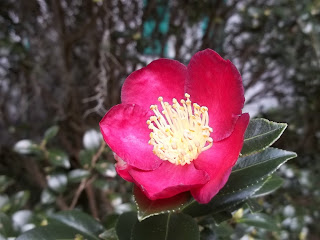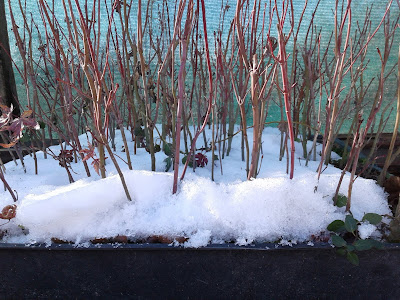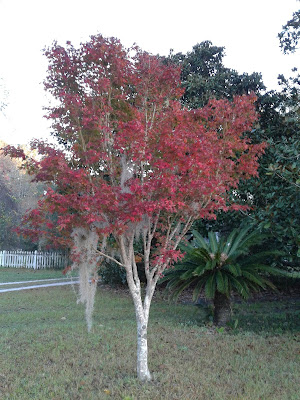We are having the first cool mornings in Savannah forewarning of the soon-to-come autumn. With that snap in the air, it’s time to prepare the winter quarters of the cold sensitive trees...............
light, moderate, or hard?
Light freeze: 29°F to 32°F—tender plants killed, with little destructive effect on other vegetation.
Moderate freeze: 25°F to 28°F—widely destructive effect on most vegetation, with heavy damage to fruit blossoms and tender and semi-hardy plants.
Severe freeze: 24°F and colder—damage to most plants.
The freezing temperatures here in Savannah are at night- until the sun rises. So we are dealing with hours of freeze, not months.
Our frost-free growing season is around 268 days.
Each winter, on average, our risk of frost is from November 24 through March 1.
Almost certainly, however, we will receive frost from December 14 through February 10.
We are almost guaranteed that we will not get frost from March 20 through November 4.
The freezing temperatures here in Savannah are at night- until the sun rises. So we are dealing with hours of freeze, not months.
The level of available potassium in the soil will increase a tree’s frost resistance.
Keep a few old sheets and blankets around and keep your tender trees out a bit longer and to protect less hardy tree's roots and pots on those coldest nights. Laying a light to medium-weight blanket on top of tender trees gives approximately five degrees of extra warmth. But sheets and blankets become wet with condensation and dew, ice up and stick to leaves and conduct heat away from the plant. Plastic materials that do not breathe are worse. Plastic can damage plants on warm, sunny days. The heat builds up under the plastic and if it touches the leaves they can be scorched.
Potted plants are particularly susceptible to frosts because the roots are less insulated. If you are unable to put container plants indoors, wrap the pot in fabric or simply bury the pot in the ground or cover with mulch, in addition to protecting the foliage.









No comments:
Post a Comment